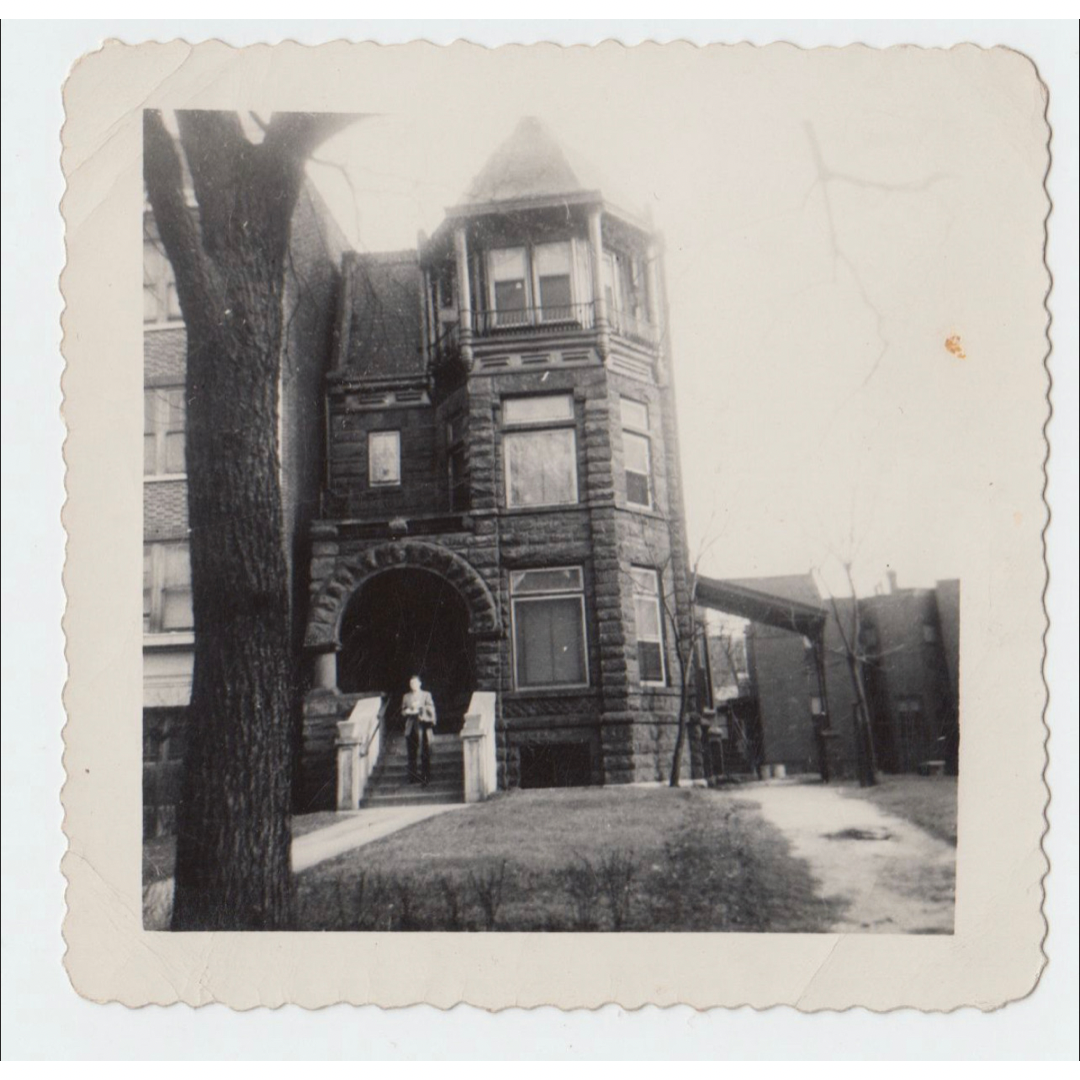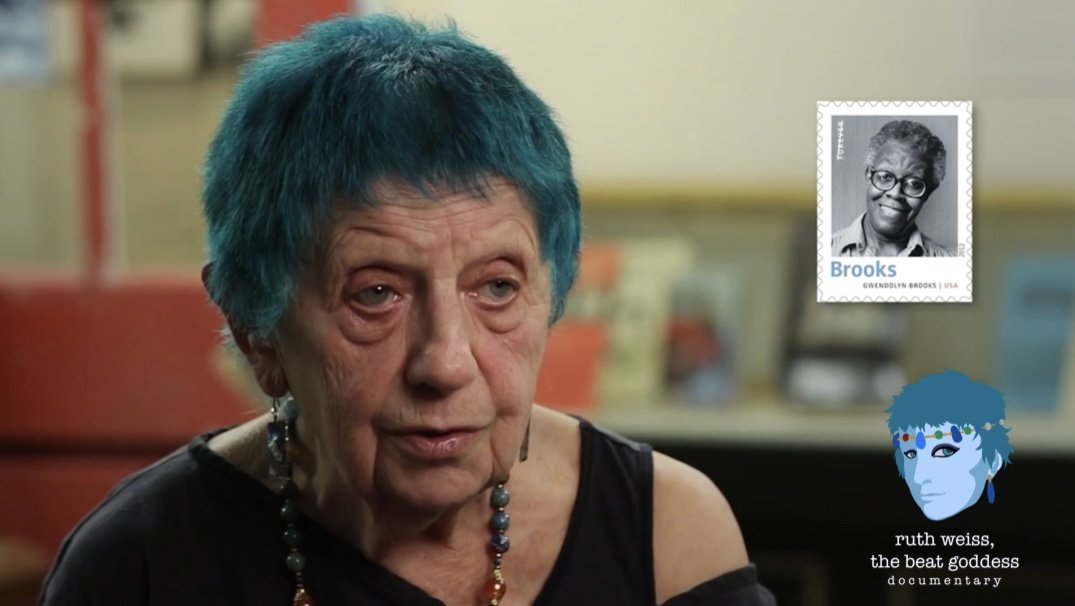The Art Circle
The front of The Art Circle on Deming Way in Chicago, 1949.
Poet ruth weiss’s childhood included a series of journeys and transitions. From Germany to Austria to The Netherlands, then to Chicago, where she settled with her parents until the end of World War II. Later, she returned to Europe for a stint in Switzerland. She attended college, hitchhiked, and wrote during her young adult years. After returning to America, she lived in New York, then traveled to New Orleans before settling in San Francisco for the rest of her life, where her work became an influential part of the Bohemian scene.
However, ruth will say her most formative years in America were in Chicago. The year was 1949; ruth weiss was 20 years old. She had moved out of her parent’s house and lived as an artist in residence in a vibrant community called The Art Circle. One of her housemates and mentors was the future poet laureate of the United States, Gwendolyn Brooks.
Gwendolyn Brooks was an emerging voice in Chicago's literary circles. Her poetry explored race and sex growing up in Chicago's southside community. When she lived with ruth weiss, she had finished publishing her second poetry book, Annie Allen, which would soon earn her a Pulitzer Prize.
Brooks was not a beat poet; instead, she used traditional forms and meters, and her work enjoyed widespread appeal and acclaim, even among a predominantly white audience. ruth weiss greatly admired the dynamic older writer.
During her time at the Chicago Art Circle, that ruth weiss began experimenting with poetry and jazz. In ruth weiss: The Beat Goddess, she recounts that she was writing alone in the basement when a jazz musician interrupted her and encouraged her to recite her poem upstairs while the band played. She attributes this spontaneous encounter to the inception of reciting poetry with jazz music playing to her lyrics.
Much is unknown about the relationship between ruth weiss and Gwendolyn Brooks, but the racially integrated community and the intersection of arts and cultures no doubt shaped their paths. Brooks received national awards and recognition from American audiences, including the established whites. At the same time, ruth pioneered incorporating African-American jazz music into her spoken word poetry.
The Art Circle represents ruth's seminal transitions in many ways. There is a transition from classic poetic forms to new, experimental art forms and a transition from apprenticeship to the self-directed artist. Finally, there is a transition from ruth's familial life to her independence.
In the potent melting pot that was Chicago's art and poetry scene after World War II, the ruth weiss that we know arose.



